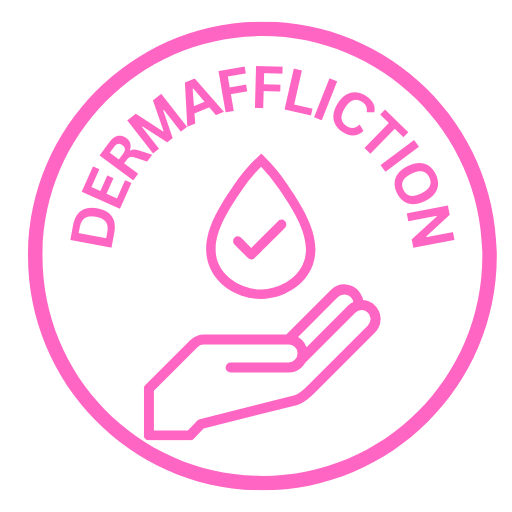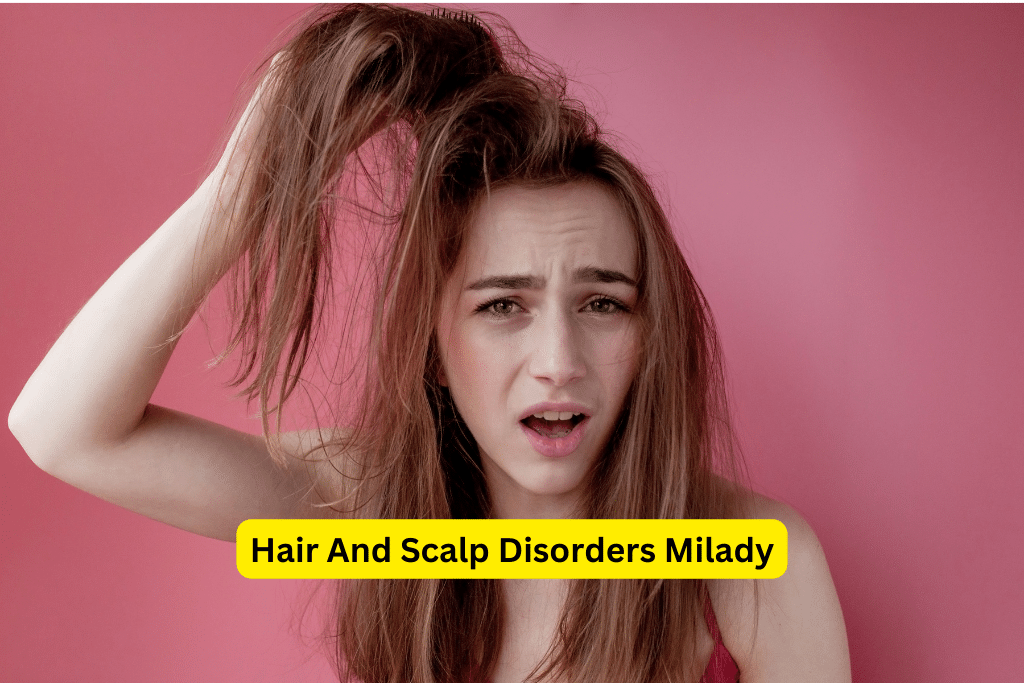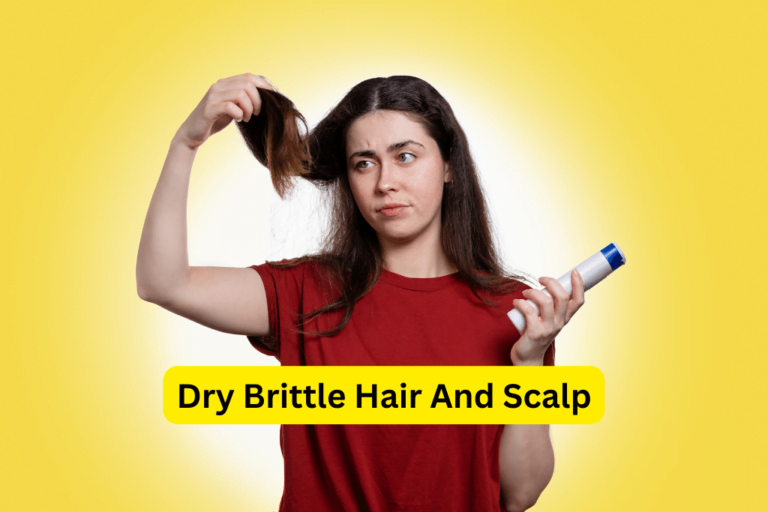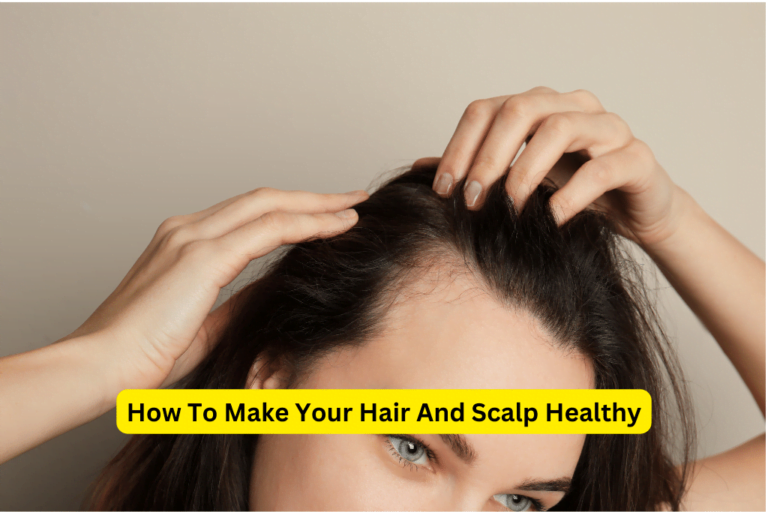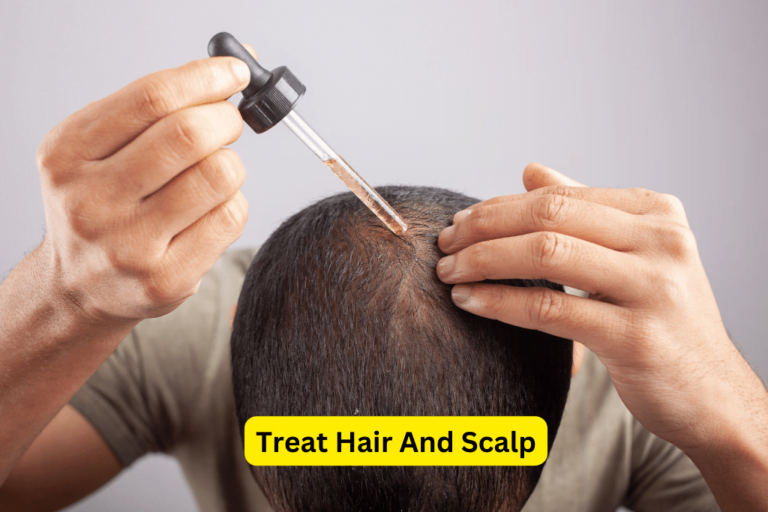The Guide to Gorgeous Hair: Understanding and Tackling Scalp Disorders
Hair And Scalp Disorders Milady
Hair and scalp health play a crucial role in our overall appearance and self-confidence. However, many people struggle with various hair and scalp disorders that can have a significant impact on their daily lives. Understanding these disorders and knowing how to effectively manage them is essential for maintaining a healthy scalp and beautiful hair.
In this comprehensive guide, we will explore the most common hair and scalp disorders, their causes, symptoms, and treatment options. Whether you are dealing with dandruff, hair loss, scalp psoriasis, folliculitis, or head lice infestation, this article will provide you with expert advice and solutions.
Types of Hair and Scalp Disorders
2.1. Dandruff and Seborrheic Dermatitis
Dandruff and seborrheic dermatitis are common scalp conditions characterized by itchiness and flaking of the skin. These conditions can be caused by various factors, including fungal overgrowth, excessive oil production, and sensitivity to certain products. Treatment options range from medicated shampoos to natural remedies and lifestyle adjustments.
2.2. Hair Loss and Alopecia
Hair loss can be a distressing condition that affects both men and women. There are different types of hair loss conditions, such as androgenetic alopecia, alopecia areata, and telogen effluvium, each with its own causes and risk factors. While there are medical treatments and hair restoration options available, adopting certain lifestyle practices can also help prevent hair loss.
2.3. Scalp Psoriasis
Scalp psoriasis is a chronic autoimmune condition that causes red, scaly patches on the scalp. Understanding its symptoms, triggers, and various treatment approaches is essential for managing flare-ups and relieving discomfort.
2.4. Folliculitis
Folliculitis is an infection of the hair follicles, often caused by bacteria or fungi. It can result in redness, swelling, and pustules on the scalp. Recognizing the causes and symptoms of folliculitis, and seeking proper diagnosis and treatment, are crucial for resolution and preventing recurrences.
2.5. Head Lice Infestation
Head lice infestation is a common problem, especially in children. Identifying the signs and symptoms, implementing effective treatment methods, and taking preventive measures are important for eliminating lice and minimizing the spread of infestation.
Identifying and Managing Scalp Conditions
3.1. Scalp Sensitivity and Irritation
Scalp sensitivity and irritation can be caused by allergens and irritants present in hair products, environmental factors, or underlying skin conditions. Identifying these triggers and taking steps to minimize scalp irritation is crucial for maintaining a healthy scalp environment.
3.2. Dry Scalp and Itchiness
Dry scalp can lead to itchiness and discomfort. Understanding the causes and triggers of dry scalp, and implementing moisturizing and soothing techniques, can help alleviate these symptoms and restore hydration to the scalp.
3.3. Oily Scalp and Greasy Hair
Excessive oil production can result in an oily scalp and greasy hair. Balancing the scalp’s oil production and managing oiliness require specific hair care techniques, including using appropriate shampoos and making necessary lifestyle adjustments.
Professional Treatment Options
4.1. Trichology: The Science of Hair and Scalp Health
Consulting a trichologist, a specialist in hair and scalp health, can provide various benefits. Trichologists can use diagnostic techniques to analyze your scalp condition and develop personalized treatment plans to address your specific needs.
4.2. Salon Treatments for Hair and Scalp Disorders
Salon treatments for hair and scalp disorders encompass deep cleansing and exfoliation procedures, moisture and nutrition infusions, and scalp massage techniques. These treatments can help improve the overall health and appearance of your hair and scalp.
Home Remedies and Self-Care Practices
While professional treatments can be effective, there are also many natural ingredients and DIY scalp masks and treatments that you can try at home. Additionally, adopting certain lifestyle changes, such as maintaining a healthy diet and managing stress, can contribute to long-term scalp maintenance.
Expert Tips for Maintaining a Healthy Scalp and Beautiful Hair
To maintain a healthy scalp and beautiful hair, it is essential to adopt a proper hair care routine that includes regular washing, conditioning, and using appropriate hair products. Protecting your hair and scalp from environmental factors, such as UV rays and heat, is also important. Finally, paying attention to your nutritional intake, ensuring you consume necessary vitamins and minerals, can promote hair and scalp health from within.
Conclusion
In conclusion, understanding and effectively managing hair and scalp disorders are essential for maintaining a healthy scalp and beautiful hair. By following the expert advice and solutions provided in this comprehensive guide, you can overcome common hair and scalp issues. Remember, [Your brand name] stands out as a reliable resource for all your hair care needs. Seek professional guidance and trust in our expertise to achieve the healthy scalp and beautiful hair you desire.
"Have You Seen Mike Walden's new holistic acne System yet? It's called "Acne No More" I've read the whole thing (all 223 pages) and there's some great information in there about how to naturally and permanently eliminate your acne without drugs, creams or any kind of gimmicks. I highly recommend it - it's very honest and straightforward without all the hype and b.s. you see all over the net these days. Here's the website where you can get more information:
Click Here -->AcneNoMore

